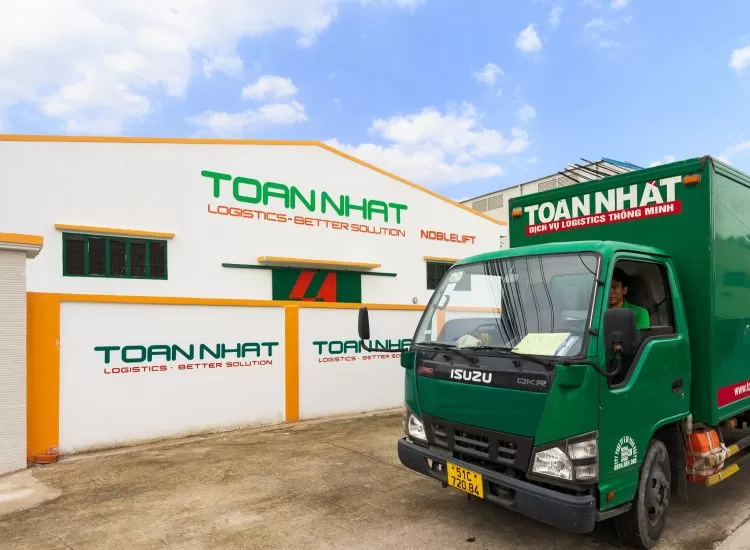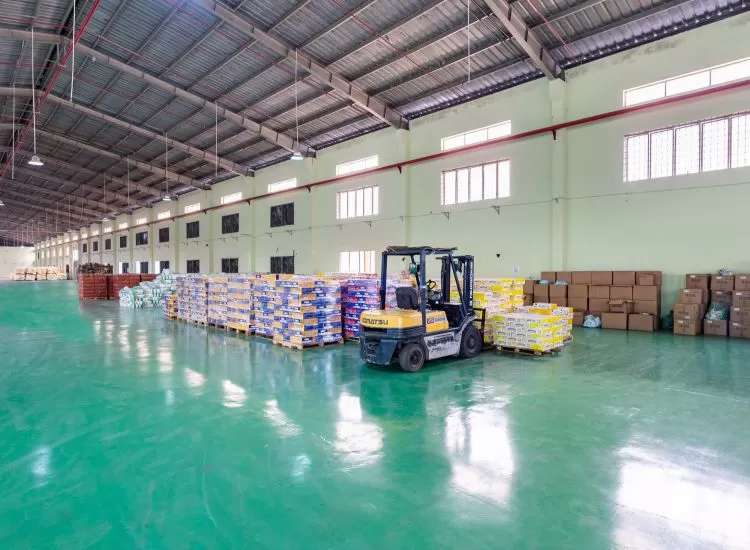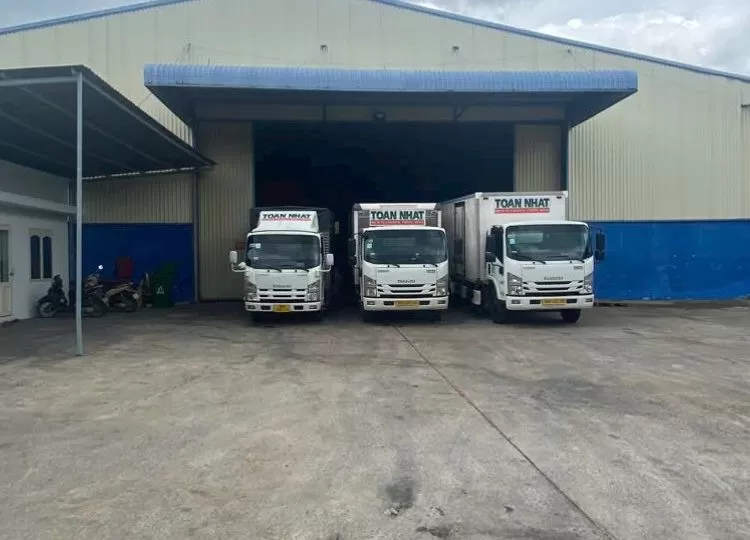Ocean freight rates fall and air freight rates rise as ILA strike ends
Ocean freight rates fell after the ILA strike ended, while air freight rates rose due to port congestion and urgent cargo needs, according to an update from Freightos.

The International Longshoremen's Association (ILA) strike ended last Thursday after the union accepted a 62% wage increase over the next six years from the United States Maritime Trade Union (USMX) and agreed to extend its expiring contract until January 15 to address remaining sticking points, with port automation being the biggest issue.
Some predict USMX will use wage concessions to reach a compromise on automation. Despite a wage deal last week, however, the union remains strongly opposed to automation or semi-automation, which would put ILA workers at risk of losing their jobs. But with the wage issue resolved and the two sides back in direct talks for the first time since June, there is reason to be optimistic.
The end of the strike meant the ports reopened on Friday, but the three-day shutdown has created a huge backlog of containers at the ports, with an estimated 45 to 60 ships waiting offshore at East and Gulf coast ports.
Many industry experts estimate it will take two to three weeks or more to clear the three-day backlog. However, the Port Authority of New York and New Jersey said the short-term shutdown and the 19 ships waiting are not much worse than the typical backlog after winter storms and is optimistic that operations could resume as early as this weekend.
In the meantime, shippers with containers in port, on anchored vessels or arriving will continue to face delays, while the extent of disruption to further-flung shipments will depend on how quickly port capacity is restored. As ports reopen, carriers have resumed taking reefer export bookings and have begun charging storage and yardage fees again.
Carriers have already increased container rates on the transatlantic trade in anticipation of the strike. In addition, severe congestion at several European hubs, including Hamburg, is also restricting supply and putting upward pressure on rates. Carriers also plan to reduce capacity deployed on the trade route later in the month to prevent rates from falling back to the $1,600-$1,800/FEU level they have maintained for much of the year.
Trans-Pacific freight rates to both coasts had been falling steadily before the strike and continued to decline throughout the port shutdown, with rates last week down more than 30% from their peak in July. Carriers announced surcharges ranging from $1,000 per FEU to $4,500 per FEU to hedge against disruptions due to the strike. However, most of these surcharges did not go into effect until mid-October or later, so they have not yet impacted spot rates, and carriers have suspended the new surcharges.
With the strike over and peak season demand over as volumes have been boosted over the past few months, trans-Pacific container rates could continue to decline during the low season between peak season and Chinese New Year. However, East Coast congestion due to the strike could slow the pace of rate declines on these lanes if it takes a few weeks for activity to recover.
As long as the Red Sea diversion continues to absorb capacity in the market, rates are unlikely to fall below the bottom reached in April when trans-Pacific rates fell to $3,000/FEU to the West Coast and $4,000/FEU to the East Coast – double the usual level. The early start and early end of the Asia-Europe peak season, which needed to account for longer lead times caused by the Red Sea diversion, has resulted in a 53% drop in freight rates since mid-July, although last week’s $4,075/FEU rate remains above the April low of $3,300/FEU. Rates to the Mediterranean have fallen 42% from their July peak, but $4,476/FEU is almost back to April levels.
The strike has also led to some shifts from sea to air, with higher rates on some routes, and we can expect continued pressure on air freight rates as some importers continue to push forward with essential goods until stuck containers are cleared and ocean shipping activity stabilizes.
Freightos Air Index data shows that air freight rates from Europe to North America have risen 4% to $1.79/kg since the start of September, likely reflecting a shift from ocean freight on the transatlantic route to air freight.
Air freight rates on the transpacific route had not increased much before the strike, but since the strike began, rates from China to North America have risen from $5.91/kg to $7.07/kg. This is the first time since last year’s peak season that rates on this route have reached or exceeded $7/kg, and only briefly. It is therefore possible that rates are rising due to the strike-driven trans-Pacific demand and are rising from an already high base driven by huge e-commerce volumes from China, which have kept rates around $6/kg for much of the year.
Meanwhile, rates to Europe – still well above normal levels for this time of year due to e-commerce volumes – held steady last week at $3.83/kg, suggesting that the rise in rates to North America may be due to the strike.
Middle East-North America air freight rates rose to $3.06/kg last week, 30% higher than mid-September and likely reflecting a shift from ocean to combined ocean-air transport due to the East Coast strike.
Read more:
- Global shipping stocks plunge after US port strike ends
- Recession fears grow as US port strike enters third day
- US East Coast Strike Begins With ‘Chaos’ Forecast
- US East Coast Strike Could Disrupt Global Shipping
Source: Phaata.com (via ContainerNews)
Phaata.com - Vietnam's First International Logistics Marketplace
► Find Better Freight Rates & Logistics Services!
























.webp)










.webp)






